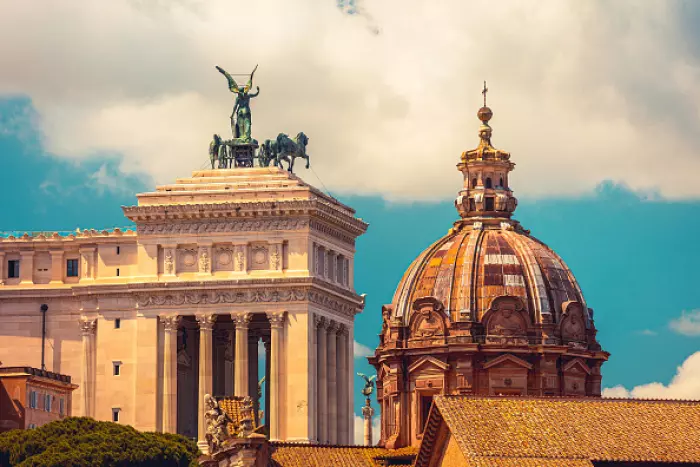Italy is enjoying a rare period of good, and relatively stable, government under the former president of the European Central Bank, Mario Draghi.
But even when its politics are tumultuous and its economy is languishing, Italy exerts a special allure in the English-speaking world and beyond: superficially as accessible as it is delightful, and yet tinged with intrigue and mystery.
Here are six books in English that offer the reader keys to understanding a country in which appearances are often deceptive.
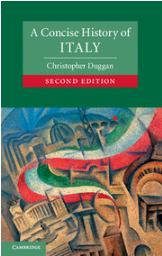
A Concise History of Italy, by Christopher Duggan (Cambridge University Press)
How, for a start, do you write a history spanning 16 centuries of a country that did not exist as a state until little more than a 150 years ago?
The single most important thing about Italy is that it is both very young – younger than America – and very old (things that have a bearing on the outlook of today’s Italians happened even before 400AD, when Duggan opens his narrative).
First published in 1994, his breakneck canter though the story of the peninsula copes more skilfully with the challenge than any other, emphasising the fractured nature of pre-unification (and, indeed, post-unification) Italy right at the outset and giving disproportionate attention to the period since the birth of the state we know today.
The latest revised and updated edition, from 2013, is perhaps the best introduction to a complex and contradictory nation.
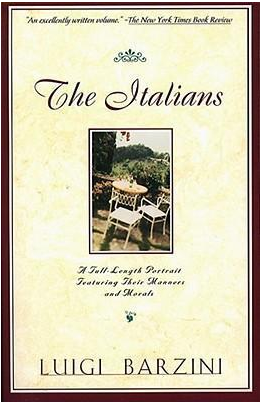
The Italians, by Luigi Barzini (Penguin)
The same claim could also be made for this pioneering venture in a field that has since come to be termed cultural psychology.
It first appeared in 1964 and some of its references and examples have since been outdated by the changes that have taken place in Italian life. But Luigi Barzini set out to capture the essence of a supposedly unchanging italianità and for the most part he drew on history and language to make his points. Many are as telling now as ever.
Few who know his compatriots would quibble with his judgment that “familiarity never breeds contempt in them” or that, among them, “credulity is the unmentionable sin”. For evidence of his view that “Italians always loved a good entertainer who could stir their emotions and divert them from themselves”, look no further than at the last book on this list and marvel at Barzini’s prescience.
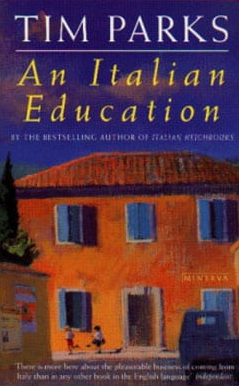
An Italian Education, by Tim Parks (Grove Atlantic)
Like the late Luigi Barzini, Tim Parks is an insider-outsider, well suited to explaining the idiosyncrasies of one culture to another. The Italian spent much of his early life in America. Parks, a Briton, married an Italian and, although they later divorced, he has lived since in his adopted land. An Italian Education deals with the upbringing of his three children.
It has less of the wry humour that made his first work of nonfiction, Italian Neighbours, such a success. But it is a more rigorous and enlightening attempt to isolate the factors – the childhood events and omissions, the parental (and, scarcely less importantly, the grandparental) authorisations and refusals – that go into shaping the outlook of an Italian.
Like all Parks’ skilfully crafted works, it is a delight to read.
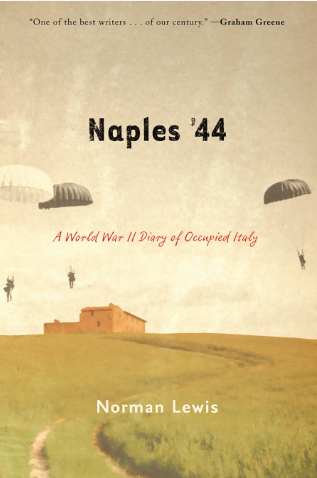
Naples ’44: A World War II Diary of Occupied Italy, by Norman Lewis (Da Capo Press)
It took more than 30 years for Norman Lewis to dig out, edit, shape and publish the diary he kept while serving with British military intelligence in southern Italy after its “liberation” by the Allies.
Yet Naples ’44 has come to be regarded as the greatest of his many fine works. Humorous and harrowing by turns, it somehow contrives never to condescend to its subjects, the people of Naples – famished and humiliated yet possessed of astounding reserves of resilience, ingenuity and good humour.
Lewis’s masterpiece is also as good a starting point as any for someone attempting to get to grips with modern Italy.
The depths of misery it chronicles make Italy’s subsequent resurrection, albeit helped by America’s Marshall Plan, seem yet more miraculous.
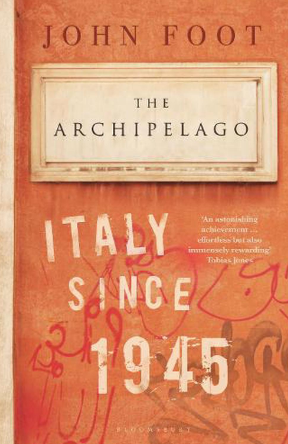
The Archipelago: Italy Since 1945, by John Foot (Bloomsbury Publishing)
Arguments could be made for other histories of post-war Italy, notably the late Paul Ginsborg’s splendid, two-volume series A History of Contemporary Italy: Society and Politics 1943-1988, and Italy and Its Discontents 1980-2001.
But they are unapologetically scholarly works, and though John Foot, the professor of modern Italian history at the University of Bristol, is no intellectual slouch, his account is one that non-academic readers will find easier to digest.
By its author’s own account, it is “an eclectic history, linked to my own preferences, experiences and passions”.
In a single chapter, he manages to wind together the invention of Padania, the nation conjured from thin air by the Northern League; the cult of Padre Pio; and the scarcely less fervent cults that surround the cyclist Marco Pantani and the writer Oriana Fallaci.
The Archipelago also has the merit of bringing its readers almost to the present day.
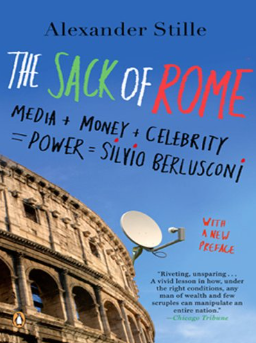
The Sack of Rome: Media + Money + Celebrity = Power = Silvio Berlusconi, by Alexander Stille (Penguin)
At last – you might think – an American author, albeit the son of an Italian journalist.
It is remarkable that so few good books about Italy have come from the country whose inhabitants love it more than any other.
Alexander Stille, who has also written books on Italy’s fascist dictatorship and the Mafia, provides an exception to the rule in this perceptive and illuminating study of Italy’s most successful post-war politician. Clownish, crooked and with a deeply troubling past that included associations with Cosa Nostra, Silvio Berlusconi nevertheless became the longest-serving prime minister of the Italian republic.
Many Italians are reluctant to acknowledge it, but his influence on their society has been enduring. And, as Stille foresaw, he pioneered a style of populist politics that others, including Donald Trump, would later embrace.
As our review of The Sack of Rome noted, its publication in 2006 was ill-timed. Berlusconi had just been voted out and, we opined, “at 69, his chances of returning are slim”.
In fact, he was back two years later and today, at age 85, he still leads a party that could decide the nature of Italy’s next government.

• The Economist's Rome correspondent is also the author of his own book on Italy:
The Italians, by John Hooper (Viking)
Corrupt, infuriating and beloved: it is not easy to explain Italy.
A new take on Luigi Barzini’s 1964 classic of the same title, this featured in the bestseller lists of the Los Angeles Times and the Washington Post.
The Financial Times said: “His book is both valuable and readable, a lucid and elegantly flowing description of a people.”
© 2022 The Economist Newspaper Limited. All rights reserved.
From Economist.com, published under licence. The original article can be found on www.economist.com.


